Why not? Just for the fun of it! What I’m after? Well, I’m not quite sure other than to see what happens to the kite’s characteristics and take it from there.
So then I brainstormed with myself to come up with a simple solution on how to give the flat sail a more three-dimensional shape. And after some time thinking I found a solution
What if I use two standoff connectors and slide them onto the down spar, cut a glass fibre rod, insert each end into the connectors so that the rod takes the shape of a bow that pushes the sail away from the down spar.
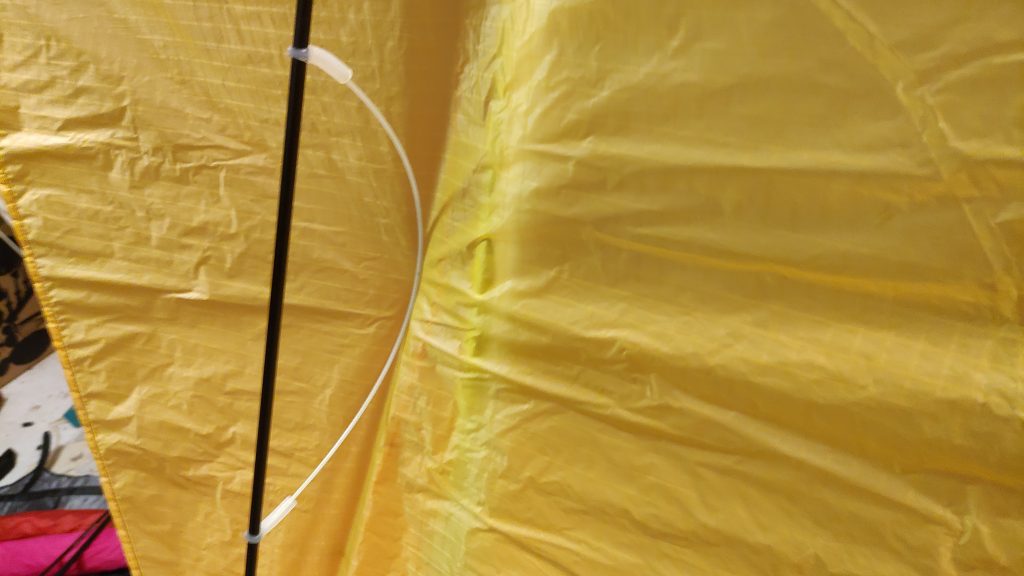
To keep the bowed glass fibre rod from sliding off position it needs some support. For the first test flight I just duck taped it to the sail. Why overcomplicate things?
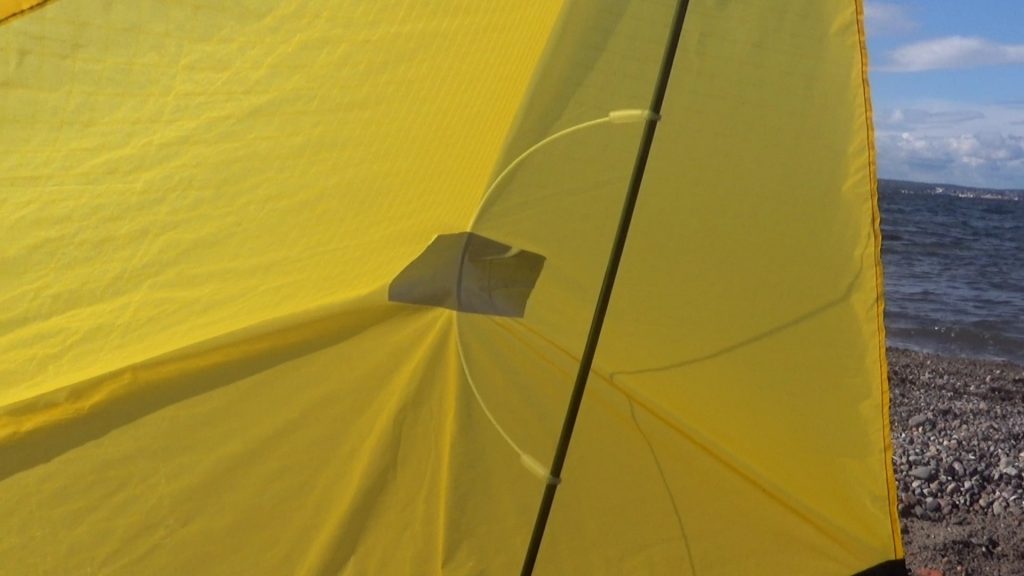
With this … gadget installed on both down spars, I was ready for the first test flight. And then the kite looked like this…
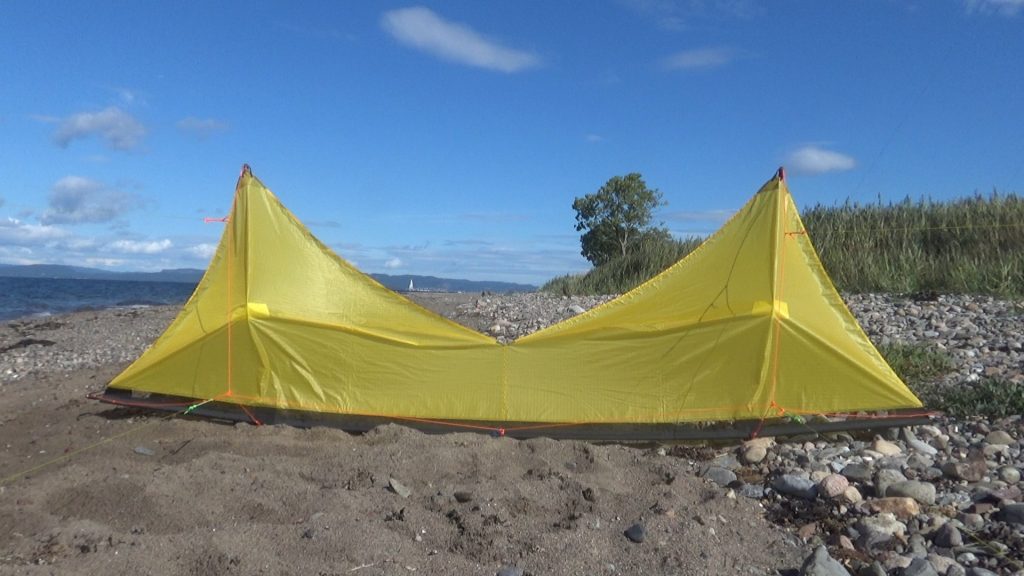
Unfortunately, the wind was way above the kite’s comfort zone so it was difficult to come to any conclusions on the kite’s flying characteristics. I had to wait for wind conditions more suitable for this non-vented kite. However, flown back to back with the unmodified version, I have a feeling the 3D kite can take a tad more wind than the flat one.
Today the wind was more like it! Not anything like yesterday’s 8-10ms. Today a nice breeze came in, directly from the sea and at 3-4ms only. Perfect!
So I gave the kite a second spin and now the kite started to reveal its secrets. And so far I’ve found three interesting things:
- Self recovery
- Backflipped flying
- Flic Flac with ease
Self-recovery
If I try to pull it out of the air by pulling one or both front lines hard, the kite starts to float gently downwind on its belly until the lines go tight and the kite recovers. I tried loads of different pulls and at least 90% of them did self recover.
This is a feature that surely deserves more investigation. Can this be a door opener to more fun stuff? Gonna find out!
Backflipped Flying
Push your thumbs forward and the kite will do a backflip. If on the ground or in the air, it doesn’t matter. It goes into a backflip.
I even manage to fly it in that backflipped position on several occasions by grabbing the brake lines and gently pull them towards my body while keeping the front lines slack.
Yet another feature to explore!
Flic Flac-ing
This 3D kite does flic flacs with ease. It flips over with just a slight tug on the brake lines and you don’t even have to think about recovery. Just hold on to the handles and the kite recovers by itself!
I’m really looking forward to exploring further this kite and what I can do with it!
…and here’s a video from today’s flight in great conditions!
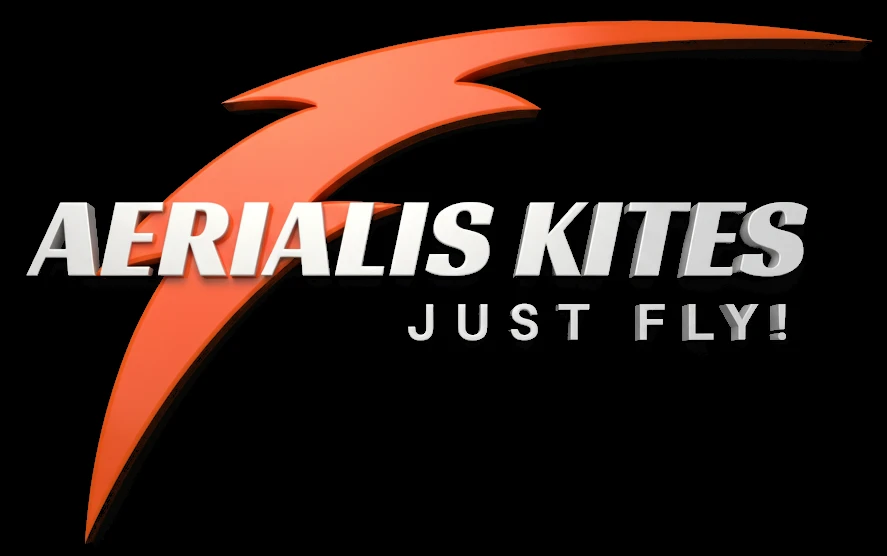

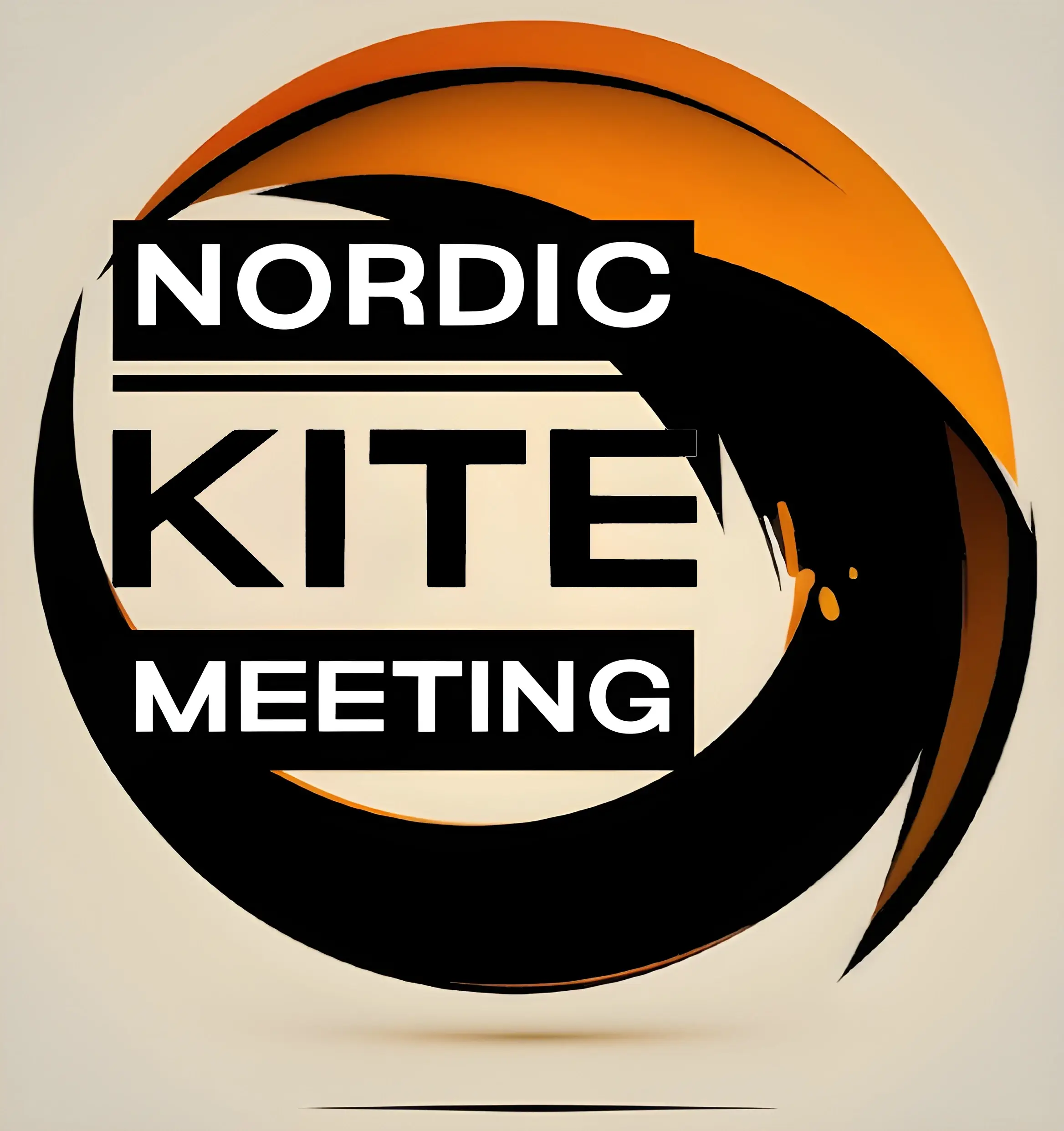

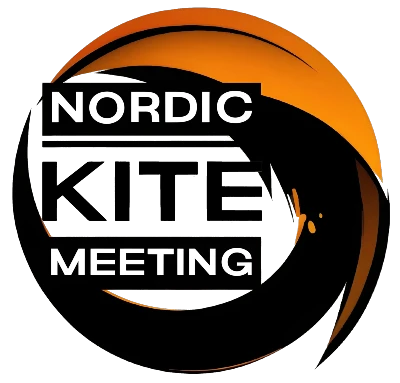
7 responses
Fun mod using simple means! Really interesting development work with new features unlocked. It seem to behave *a bit* like a 2-line delta in that its non flat shape seem to make it more forgiving for alternative angles (from slack line tricking) than ordinary Rev-like quads (without springs). This while its outer contour is virtually unchanged. Perhaps this mod turns your yellow Lanyork (?) more into a dual than the Subvision??
I expect that the wind window became smaller with this “artificial negative billow”. My 4W Indoor with magic sticks (non-std configuration) got long soft downspars that unfortunately get bent “in the wrong way” by the magic sticks. It becomes a better flyer (in the sense that less work is required to keep it in the air) with the magic sticks pointing towards me instead of having them on the back of the kite as normal. Also piloting the the Fulcrum (which also got a negative curvature on the outer wing bulbs) indoors gives *very* good exercise – so good that I have never repeated it.
Is it possible to do vertical side slides upwards with the modified Lanyork? This is something the Fulcrum does most reluctantly.
I don’t do flick flack moves with quads. Sometime manage to flip the Fulcrum but I can’t seem to be able to repeat it. Well there is one exception, a low wind dual line trick that is simple to transfer to the Fulcrum – the pop up launch (the kite on its belly on the ground, a tug on the lines and the kite pops up in the air). Perhaps this would be possible with the modified Lanyork?
Fun mod using simple means! Really interesting development work with new features unlocked. …
Yes, it seems like this simple modification might open some new doors to quad line flying (and perhaps also close some?). I’m looking forward to exploring this further.
I expect that the wind window became smaller with this “artificial negative billow”. …
Yeah, you might be right. After the first test flight in higher winds, I kind of felt the modified kite performed better than the normal with the normal flat sail. For the second flight, the winds were close to the optimum for this kite, but I need to fly it back to back – 3D/Normal – in really low winds to see if there are any differences.
Is it possible to do vertical side slides upwards with the modified Lanyork? …
Yes, …didn’t I do that…? I think I did but got to make sure the next time I fly it. 🙂
…and then I’ll give the popup launch a go too!
And if it backflips, would it perhaps be stable enough to, eventually in the long run, possibly do a lazy susan?
## Completely unrelated
My Rev-B-series std is so very worn (and trying to justify the purchase: I don’t have any kite at work for spontaneous after work sessions), so I designed (well used the colourizer then) and ordered a Polo quad. IMHO, but objectively really, 🙂 it is so beautiful so that it hurts:
http://www.polokites.com/revopolo/shop/shop.php?prod=spl150
There might be a popup window covering the beauty initially – if so close it.
The frame is Crystal T2, but I added a set of T1s to try out a frame combo for no/low wind piloting. Now follows 10-12 weeks of waiting for delivery agony. I feel so sorry for myself… 🙂
General warning: Kite colourizers are not harmless!
And if it backflips, would it perhaps be stable enough to, eventually in the long run, possibly do a lazy Susan?…
Well, with the current set up they seem a little far fetched, but who knows? With some more tinkering, there just might be a chance. I’ve been playing with the thought of adding weights on/along the leading edge and/or the down spars so maybe this will make for the LE to sit (much) lower in a backflipped position. Now that could open some new doors! 🙂
…and YES, that Polo kite surely looks absolutely stunning!?
Backflipping updated
I’ve just come up with this idea for adding some weight at the LE. Super easy to install and adjust!
What do you think?
For low and medium winds I keep the downspars light in my revlike quads. Skyshark 2PT or Revolution 2 wrap. I have never had any downspars breaking. Perhaps a light downspar could reduce the number of required nuts (weights) close to the LE somewhat?
Another way to put mass “as far as possible” towards the LE side could be top end caps of steel? Alternatively, short (1cm) cylinders of gold (high density, what’s the the problem? 🙂 ) inside the top side of the downspars should put the weights closer to the top.
OK, the above is quicker said than done. Your method is 1 existing/simple, 2 *can be adjusted* (adding removing/weights) which should be valuable during the prototyping phase and for later trimming.
Yes, there are many ways to experiment with shifting the centre of gravity for a kite to play around with its flying characteristics. And yes, the 3D GOLD would have been something! 😉
However, just like you mention above, I find the “nut-method” a very quick and easy way of playing around with different weight alternatives when experimenting/prototyping. It takes only a second – literally – to adjust the weight.
Hopefully, there will be time for another test flight this weekend. I’ll keep you posted. 🙂